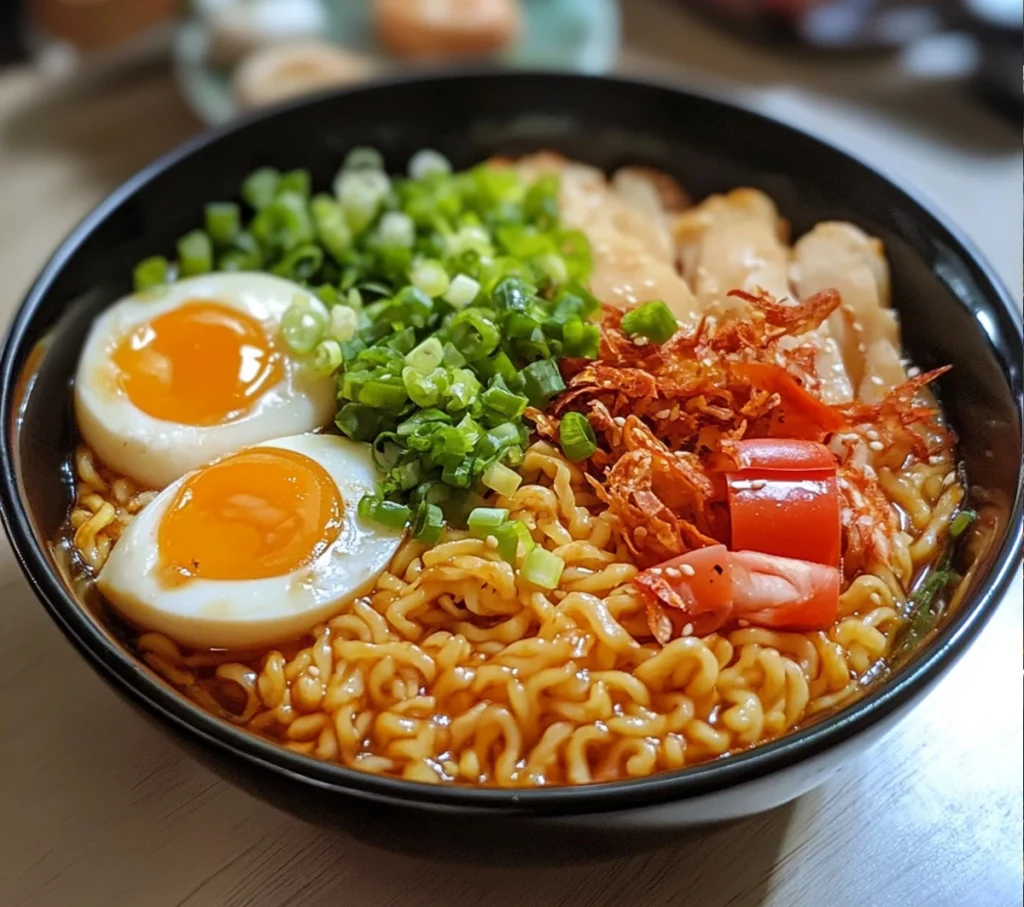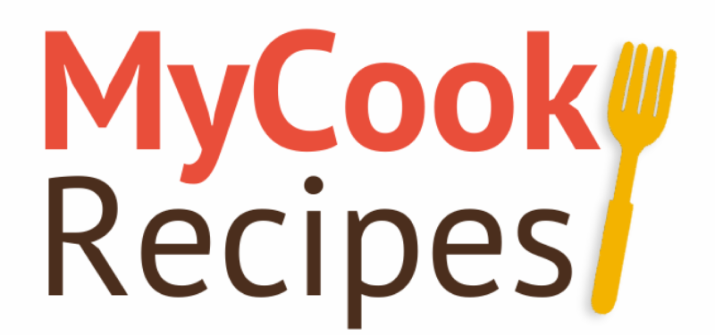
A soft food diet is often recommended for individuals recovering from surgery, those with dental issues, or anyone needing foods that are easy to chew and digest. But what are some good soft foods that can meet these needs while still providing essential nutrients?
There is a variety of soft foods that are both nutritious and gentle on the digestive system. Whether you need these foods due to medical reasons or simply prefer easier-to-eat meals, there are plenty of delicious options. To explore creative uses of ingredients in different diets, check out this guide on sourdough discard recipes. Additionally, you may want to learn how to enhance your cooking techniques by reading this sourdough discard activation guide.
Why Might You Need to Eat Soft Foods?
There are many reasons why someone may need to follow a soft food diet. Common causes include:
- Post-surgery recovery: After dental or gastrointestinal surgery, soft foods allow the body to heal without straining the digestive system.
- Dental problems: Those with dental pain, braces, or recent dental work often find it easier to consume soft foods.
- Digestive conditions: People with conditions like Crohn’s disease or IBS may require soft foods that are easier on the stomach.
Soft foods ensure that you can still get the nutrients you need without putting undue stress on your body.
Types of Soft Foods
1. Soft Fruits and Vegetables
Many fruits and vegetables can be consumed in their natural soft state or can be cooked until tender:
- Bananas: A naturally soft fruit that is easy to digest.
- Applesauce: A smooth, gentle alternative to raw apples.
- Cooked carrots, squash, and spinach: These vegetables become soft when cooked and retain essential nutrients.
2. Dairy Products as Soft Foods
Dairy products offer protein and calcium, making them an excellent addition to a soft food diet:
- Yogurt: Smooth, easy to digest, and rich in probiotics.
- Cottage cheese: A soft, protein-rich option that pairs well with fruits or vegetables.
- Pudding: A creamy dessert that is easy to eat without chewing.
3. Soft Proteins
Maintaining adequate protein intake is crucial on a soft food diet. Here are some soft protein options:
- Scrambled eggs: Soft, nutritious, and quick to prepare.
- Tofu: A plant-based protein that’s versatile and gentle on the stomach.
- Flaky fish: Fish like salmon or tilapia becomes soft and tender when cooked, making it an excellent protein source.
Grains and Carbohydrates
Carbohydrates provide essential energy, and many soft grains fit perfectly into this type of diet:
- Oatmeal: A warm, soft breakfast option that can be enhanced with fruits or honey.
- Cooked pasta and rice: These grains are soft and easy to digest, making them ideal for lunch or dinner.
- Soft bread: Opt for sandwich-style bread over crusty or hard varieties.
Soups and Broths
Soups and broths are nourishing and easy to consume:
- Blended soups: Creamy soups like tomato, butternut squash, or potato are easy to eat and full of nutrients.
- Chicken or vegetable broth: These light broths provide hydration and nutrition, especially when sipped after surgery or during illness.
Desserts and Sweets in a Soft Food Diet
For those with a sweet tooth, soft desserts can still fit into your diet:
- Gelatin: A soft, easy-to-eat dessert.
- Custard and pudding: Smooth and creamy desserts that satisfy cravings without requiring chewing.
- Soft fruits: Ripe fruits like peaches, pears, and mangoes are naturally soft and can be enjoyed as a sweet snack or dessert.
How to Make Foods Softer: Cooking Techniques
If certain foods are too firm, you can soften them with these cooking methods:
- Boiling: Vegetables like carrots and potatoes become soft after boiling.
- Steaming: This gentle cooking method helps retain nutrients while softening foods.
- Pureeing: Use a blender or food processor to puree fruits, vegetables, or proteins into a smooth, soft texture.
Nutrition and Soft Foods: Are They Healthy?
A soft food diet can still be healthy as long as you focus on whole, nutrient-dense foods. Some key tips include:
- Choose whole foods: Focus on whole fruits, vegetables, and grains to get essential vitamins and minerals.
- Avoid processed foods: While processed soft foods like instant mashed potatoes or canned soups may be convenient, they are often low in fiber and nutrients.
- Variety is key: Incorporating a range of soft foods ensures you meet your nutritional needs.
For more details on maintaining a healthy soft food diet, explore this comprehensive guide to soft food diets.
Soft Food Meal Ideas
Soft Breakfast Ideas
Start your day with these simple soft breakfast options:
- Oatmeal with soft fruits: Add banana slices or applesauce for extra flavor.
- Scrambled eggs: A protein-rich breakfast that’s easy to digest.
- Smoothies: Blend yogurt, soft fruits, and honey for a refreshing, nutritious start to the day.
Soft Lunch and Dinner Ideas
For lunch or dinner, here are some ideas that fit a soft food diet:
- Mashed potatoes with soft fish: A comforting meal that’s easy to chew and full of nutrients.
- Cooked pasta with smooth sauce: Opt for tender pasta paired with a soft, creamy sauce.
- Blended soups with soft bread: A nourishing combination that’s easy to prepare and enjoy.
Soft Snacks and Smoothies
If you need a quick snack, here are some soft food ideas:
- Applesauce: A naturally sweet and easy-to-eat snack.
- Hummus with soft pita: A protein-packed snack that’s gentle on the stomach.
- Smoothies: A quick way to enjoy blended fruits, vegetables, and yogurt.
FAQs About Soft Foods
What are examples of soft foods for post-surgery recovery?
Some examples include mashed potatoes, scrambled eggs, pureed soups, and smoothies. These foods are gentle on the digestive system and easy to consume.
Can I get enough protein on a soft food diet?
Yes! You can get plenty of protein from soft foods like scrambled eggs, tofu, cottage cheese, and soft fish like salmon.
Are soft foods safe for the elderly?
Soft foods are ideal for the elderly, especially those who have difficulty chewing or swallowing. They are easy to eat and provide the necessary nutrients.
What should I avoid on a soft food diet?
Avoid hard, crunchy, or fibrous foods such as raw vegetables, nuts, and tough meats. Stick to foods that are easy to chew and swallow.
Conclusion: Enjoying a Balanced Soft Food Diet
A soft food diet doesn’t mean giving up flavor or nutrition. Whether you need soft foods for recovery or simply prefer easier-to-eat meals, you can enjoy a wide variety of delicious, nutrient-rich options. From soft fruits and yogurt to soups and smoothies, there are plenty of choices to keep your diet both satisfying and gentle on the stomach.
For more tips on incorporating soft foods into your diet, check out this guide on creative sourdough discard uses and recipes.
